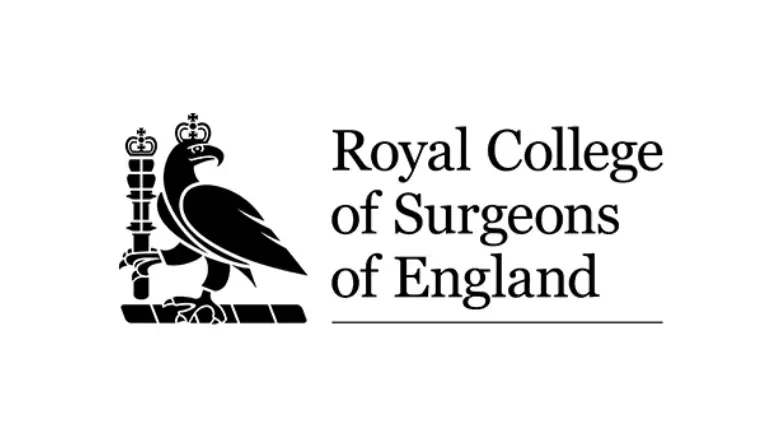Alar rim retraction is a change in the natural shape and position of the nostril’s outer curve, commonly referred to as the alar rim. This specific area usually curves smoothly from the nostril and meets the cheek at a point that should rest only a couple of millimetres above the nostril’s midline. When the alar rim sits higher than it normally would, it alters the nostril’s proportions and creates an angular shape that can appear more pointed or triangular. Some individuals feel that this subtle change in the contours of the nose produces a facial expression that is harsher or less welcoming.
RELATED: Alar Base Reduction (Alarplasty)
The position of the alar rim plays an important role in maintaining facial harmony, and when pulled upwards, it can disrupt the delicate balance of the nose. This upward shift can sometimes be influenced by genetics, previous nasal surgery, trauma, or changes in the supporting nasal cartilage. While some people barely notice such subtle variations in their nostril shape, others become self-conscious about the effect it has on their overall look. A seemingly minor detail like the height of the alar rim can have a surprisingly strong impact on the way a person’s nose is perceived.
A nostril that appears narrower, more triangular, or angled in a way that draws unwanted attention often prompts individuals to seek guidance on whether this variation can be corrected. Surgeons skilled in nasal analysis understand the role that the alar rim plays in achieving balanced facial aesthetics and may suggest various techniques, ranging from non-surgical procedures to more involved structural adjustments involving rhinoplasty, depending on the individual’s personal preferences and the complexity of the issue.
RELATED: Why Is One of My Nostrils Bigger Than the Other?
Alar Rim Retraction After Rhinoplasty
Alar rim retraction after rhinoplasty often arises when the support framework that holds the nostril’s outer edge in its intended position loses its stability. The lower lateral cartilages, which start at the tip of the nose and extend towards the outer edge where the nostril meets the cheek, play a crucial role in preserving the natural shape of the nostril. When these cartilages are altered, trimmed, or repositioned so that they no longer provide their original support, the delicate anatomy of the nostril may respond by shifting upwards and taking on an unnaturally elevated appearance.
Some rhinoplasty procedures remove a portion of these cartilages or completely reposition them in order to achieve a specific aesthetic goal. While a carefully planned approach can reshape the nose in a pleasing way, insufficient cartilage support often leads to the alar rim drifting away from its ideal position. As the cartilages are placed further from the nostril’s edge or reduced in size, their ability to maintain the nostril’s rounded, balanced shape diminishes. This change can be subtle or readily apparent, but in either case, it can disrupt the symmetry and proportions of the nose and give the nostril a more angular or harsh appearance.
RELATED: What Is Considered a Bad Nose Job?
How to Lower a Retracted Alar Rim: Surgical Solutions
Lowering a retracted alar rim is a surgical process that involves reconstructing and reinforcing the delicate structures of the nose. This is typically achieved by using cartilage grafts, often combined with skin or other soft tissue, to restore the alar rim to its natural position. These grafts are carefully harvested from different areas of the body, such as the nasal septum, ear, or rib, and then precisely placed to provide the necessary support and volume.
In cases where too much cartilage has been removed during a prior rhinoplasty, the focus shifts to reconstructing the lower lateral cartilage. This area is crucial for maintaining the natural shape and stability of the nostril. A composite graft may be used to address significant deficits. A composite graft combines cartilage and skin, usually harvested from the ear, to recreate not only the structural integrity of the nostril but also the surrounding skin and mucosal lining. This comprehensive approach ensures that the alar rim is securely lowered and blends seamlessly with the rest of the nasal anatomy.
RELATED: Revision Rhinoplasty
The graft is carefully shaped and positioned to push the alar rim back down to its intended location. This procedure restores the natural curvature and balance of the nostril, enhancing both its aesthetics and functionality. This type of surgery requires precision, expertise, and an understanding of facial proportions to achieve a result that appears harmonious and natural.
If you are considering this type of procedure, a consultation with an experienced facial plastic surgeon at Centre for Surgery is recommended. Our surgeons will assess the extent of the retraction, determine the best type of graft for your individual needs, and create a tailored surgical plan to restore the alar rim effectively and safely.
RELATED: Nose Reshaping Surgery










